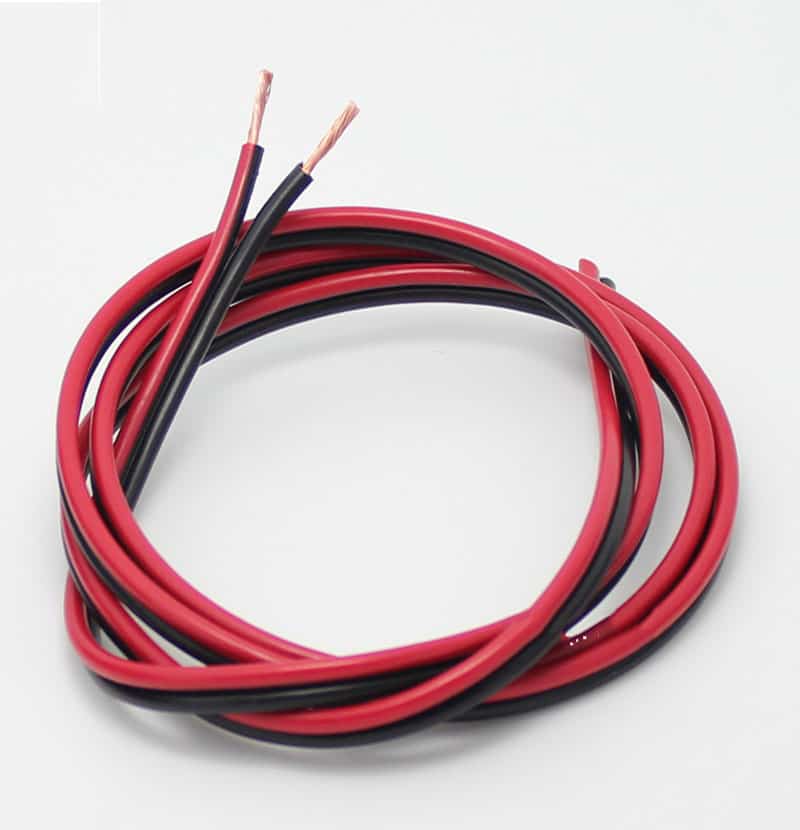
In the realm of electrical engineering and construction, the world of electrical cables is vast and diverse. Understanding the different types of electrical cables available is crucial for ensuring the safety, efficiency, and reliability of electrical systems. Let's delve into the various categories of electrical cables that exist:
- Power Cables:
- Power cables are designed to transmit electrical energy from one point to another. They are commonly used in residential, commercial, and industrial applications. Power cables can be further classified into subcategories such as:
- Low Voltage Power Cables: Typically used for indoor wiring and low-power applications.
- Medium Voltage Power Cables: Suitable for medium-power distribution systems.
- High Voltage Power Cables: Designed for high-power transmission over long distances.
- Control Cables:
- Control cables are used to transmit control signals and data between different components of an electrical system. They are essential for automation and process control applications. Control cables come in various configurations, including twisted pair cables, coaxial cables, and fiber optic cables.
- Instrumentation Cables:
- Instrumentation cables are specifically designed to transmit signals from sensors and measuring devices to control equipment. These cables are crucial for accurate data acquisition and monitoring in industrial settings. They often feature shielding to protect against electromagnetic interference.
- Communication Cables:
- Communication cables are used for transmitting data and information between devices, networks, and systems. This category includes:
- Ethernet Cables: Commonly used for networking and internet connectivity.
- Coaxial Cables: Suitable for cable television and broadband internet.
- Fiber Optic Cables: Known for high-speed data transmission over long distances.
- Specialty Cables:
- Specialty cables encompass a wide range of specialized cables tailored for specific applications. Examples include:
- Fire-resistant Cables: Designed to maintain functionality during fire emergencies.
- Solar Cables: Engineered for solar power systems to withstand environmental conditions.
- Submarine Cables: Used for undersea communication and power transmission.
- Flexible Cables:
- Flexible cables are designed to bend and flex without damage, making them ideal for applications that require frequent movement. They are commonly used in robotics, machinery, and portable devices.
- Armored Cables:
- Armored cables feature additional protection in the form of metal armor or sheathing, providing enhanced mechanical strength and resistance to environmental hazards. They are commonly used in harsh industrial environments and outdoor installations.
Understanding the diverse array of electrical cables available empowers engineers, electricians, and technicians to select the most suitable cable for each application, ensuring optimal performance and safety. By considering factors such as voltage ratings, insulation materials, and environmental conditions, professionals can make informed decisions when designing and installing electrical systems.


